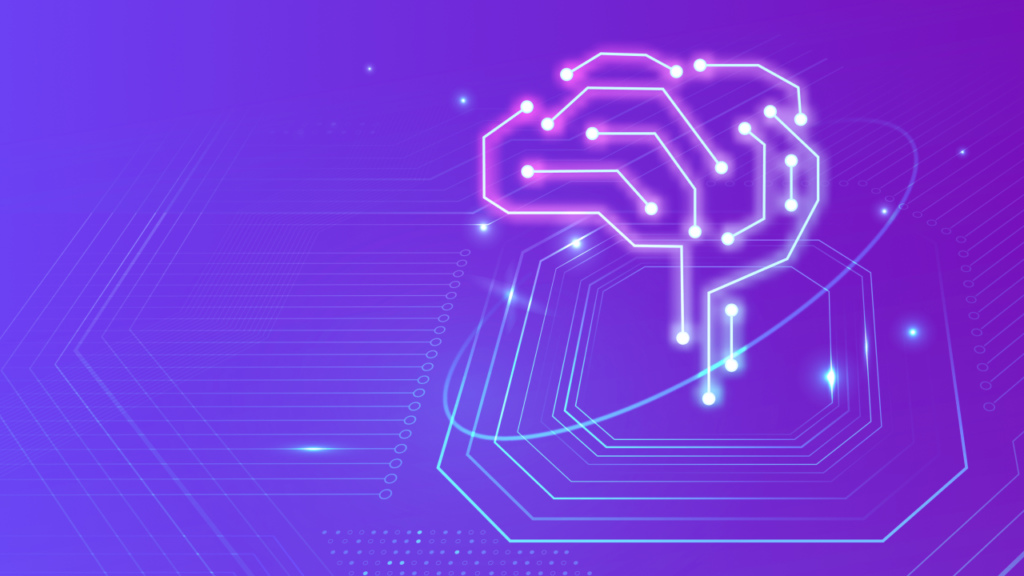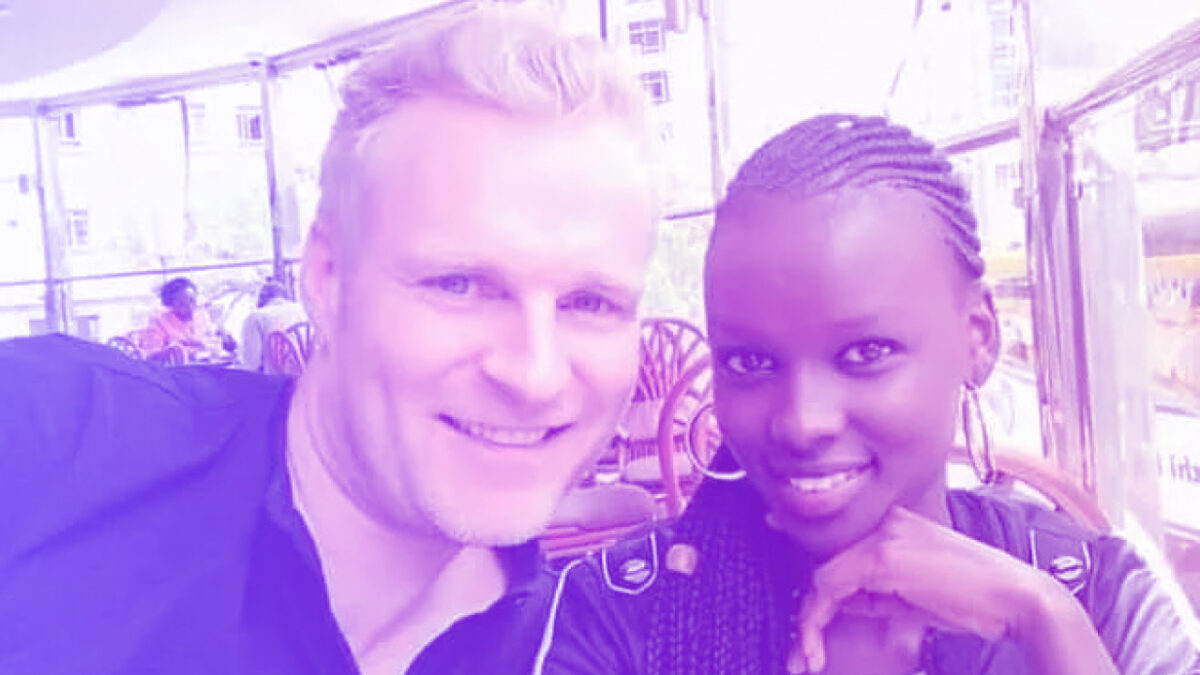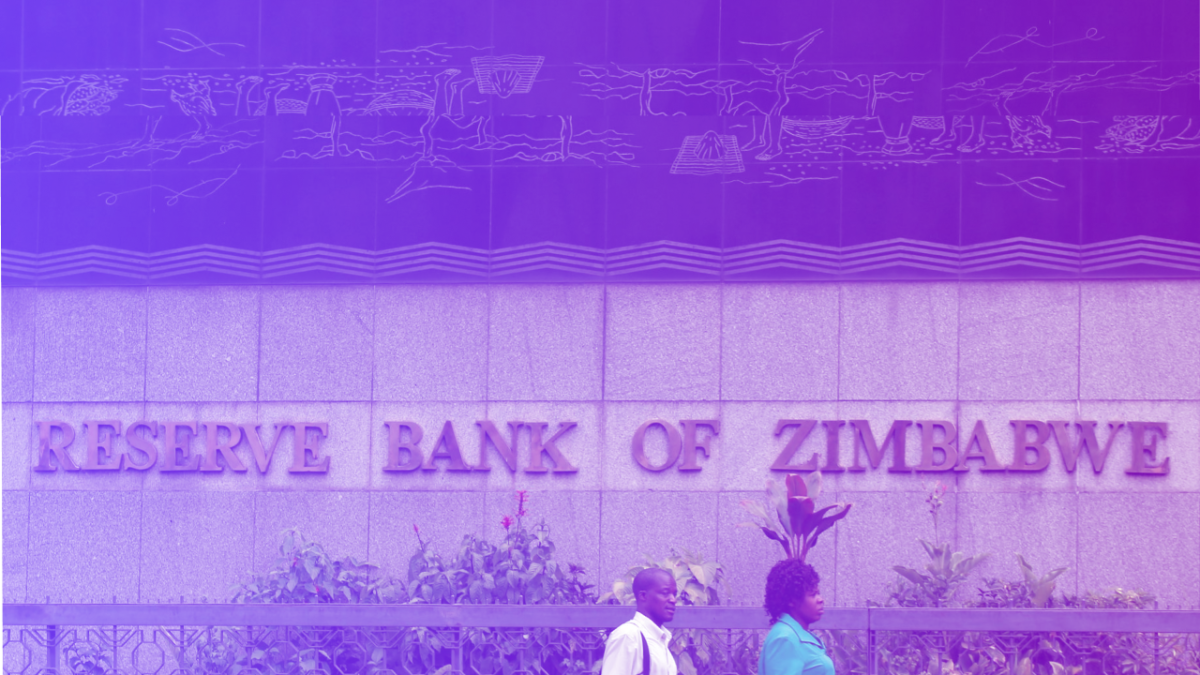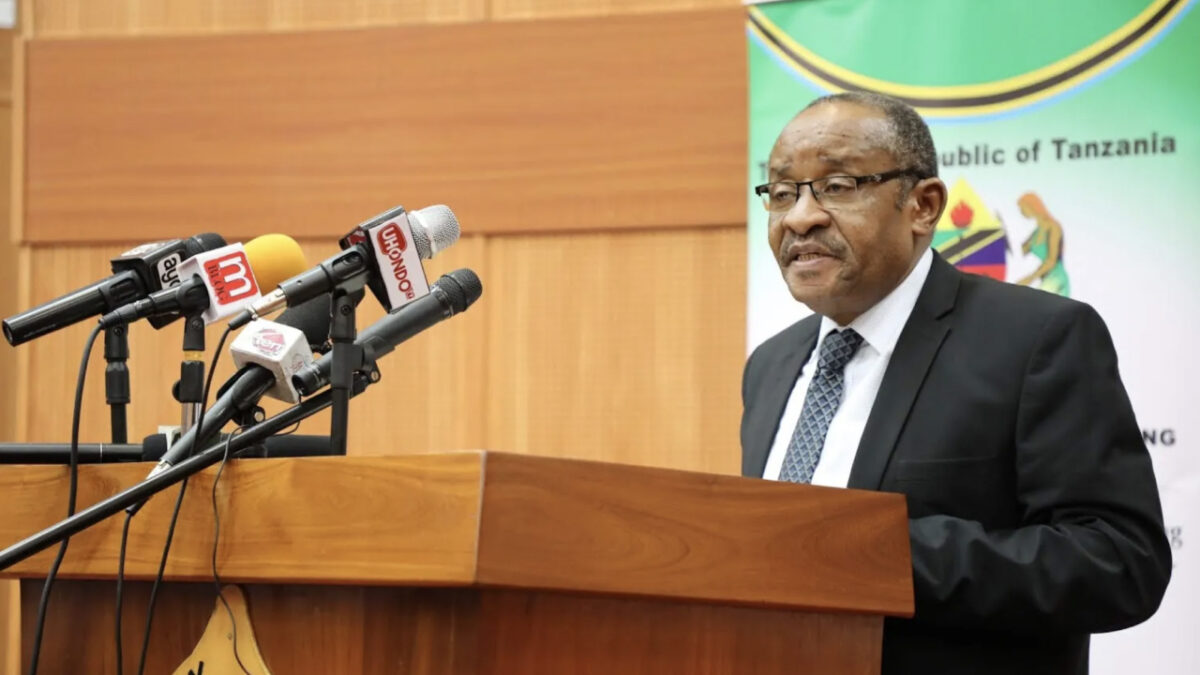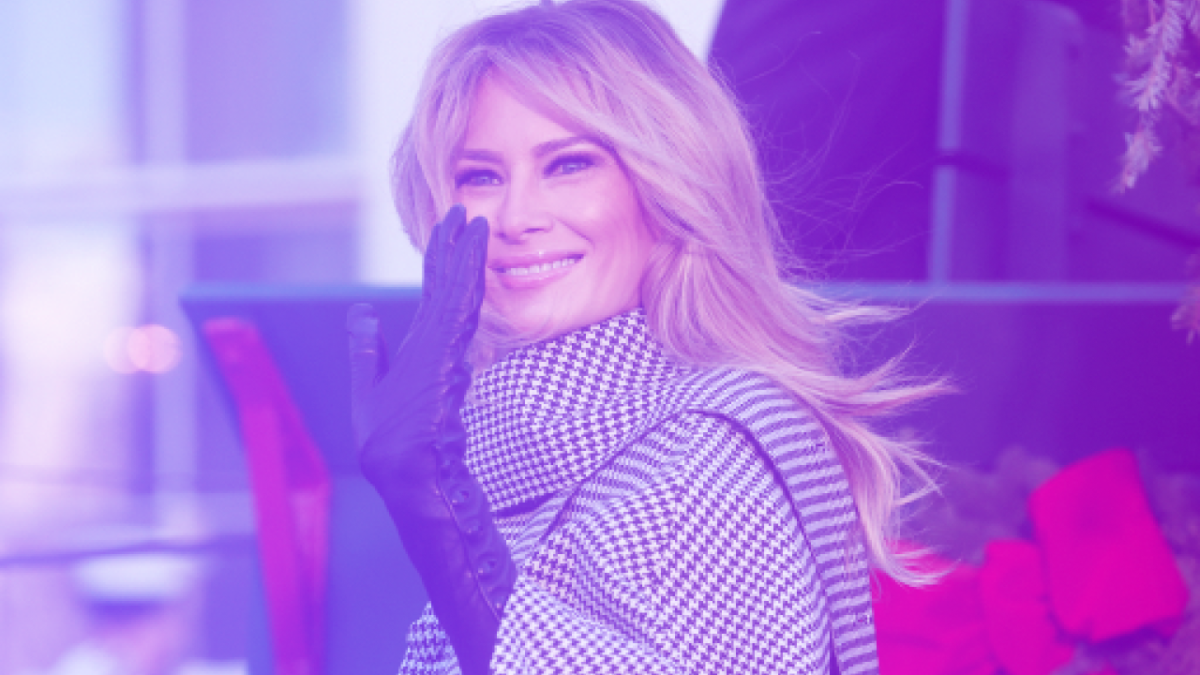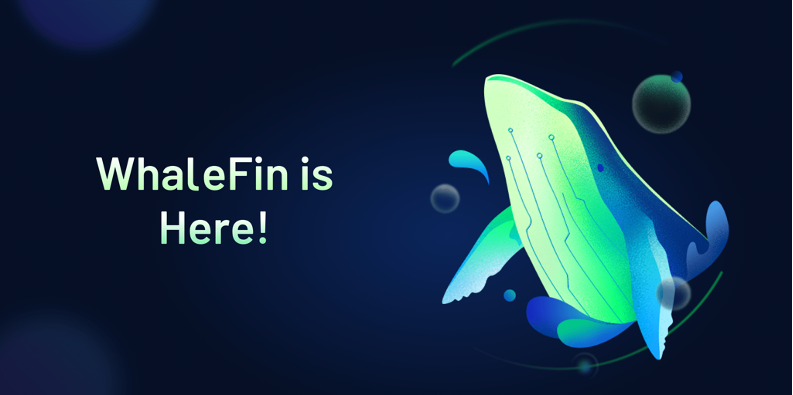The realms of investment, business, and the creative industries are all being shaken up by a new type of organization. These Decentralized Autonomous Organizations, also known as DAOs, replace traditional hierarchies with flat management structures, are governed by crypto holders, and are founded on blockchain rules that are automatically enforced. DAO advocates say that they will fundamentally change the way enterprises are run. Numerous DAOs have already been established, and they’ve produced some impressive results.
A Decentralized Autonomous Organization is a corporate structure in which control is distributed rather than hierarchical. They’re run on smart contracts, with participants voting with governance tokens on issues like fund allocation. They are a type of organization in which control is distributed among the members rather than being based on a top-down hierarchy. A DAO can be thought of as a computer that is programmed to do a specific job based on pre-written smart contracts.
Ethereum Co-founder, Vitalik Buterin launched DAO and he believed that it could eliminate human error or manipulation of investor funds by placing decision-making power into the hands of an automated system and a crowdsourced process. Built on Ethereum, DAO was designed to allow investors to send money from anywhere in the world anonymously. The DAO would then provide those owners tokens, allowing them voting rights on possible projects
How DAOs work
As mentioned above, a DAO is an organization where decisions get made from the bottom-up; a collective of members owns the organization. There are various ways to participate in a DAO, usually through the ownership of a token.
DAOs operate using smart contracts, which are essentially chunks of code that automatically execute whenever a set of criteria are met. Smart contracts are deployed on numerous blockchains nowadays, though Ethereum was the first to use them. These smart contracts establish the DAO’s rules. Those with a stake in a DAO then get voting rights and may influence how the organization operates by deciding on or creating new governance proposals. This model prevents DAOs from being spammed with proposals: A proposal will only pass once the majority of stakeholders approve it. How that majority is determined varies from DAO to DAO and is specified in the smart contracts.
DAOs are fully autonomous and transparent. As they are built on open-source blockchains, anyone can view their code. Anyone can also audit their built-in treasuries, as the blockchain records all financial transactions.
Smart contracts are written in the form of code, and they serve as a governance system. Governance tokens are often used by members to vote on DAO decisions, such as fund allocation. In many DAOs, the weight of a member’s vote is proportional to how much they have given to the project. The result may be determined by the level of participation as well as voting preferences.
Why DAOs are important
DAOs offer significant advantages over traditional organizations since they are internet-native. The lack of trust required between two parties is a significant advantage of DAOs. While a typical organization demands a great deal of faith in the people who run it, particularly on behalf of investors, DAOs just require trust in the code.
It’s easier to trust that code because it’s open-source and can be thoroughly tested before being released. After a DAO is started, every action it performs must be approved by the community and is totally public and verifiable.
There is no hierarchy in such an organization. Despite this, it can still complete tasks and grow while being governed by its native token. Because there is no hierarchy, any stakeholder can propose an original concept that will be considered and improved by the entire group.
Internal conflicts are frequently resolved quickly using the voting method, which follows the smart contract’s pre-written regulations. Also, DAOs let investors to combine assets and invest in early-stage enterprises and decentralized initiatives while sharing the risk and potential gains.
However, since they are decentralized, they are slower to operate as decision making processes take long. Additionally, they have no legal framework.
Examples of DAOs
Decentralized autonomous organizations have gained traction over the last few years and are now fully incorporated into many blockchain projects. The decentralized finance (DeFi) space uses DAOs to allow applications to become fully decentralized, for example.
To some, the Bitcoin (BTC) network is the earliest example of a DAO there is. The network scales via community agreement, even though most network participants have never met each other. It also does not have an organized governance mechanism, and instead, miners and nodes have to signal support.
However, Bitcoin is not seen as a DAO by today’s standards. By current measures, Dash would be the first true DAO, as the project has a governance mechanism that allows stakeholders to vote on the use of its treasury.
Other, more advanced DAOs, including decentralized networks built on top of the Ethereum blockchain, are responsible for launching cryptocurrency-backed stablecoins. In some cases, the organizations that initially launched these DAOs slowly give away control of the project to one day become irrelevant. Token holders can actively vote on governance proposals to hire new contributors, add new tokens as collateral for their coins, or adjust other parameters.
The Future of DAOs
In the last few years, there has been a surge in interest in decentralized autonomous organizations (DAOs), with hundreds of developers working on technical breakthroughs, governance systems, and voting solutions.
DAOs have formed to establish “headless” fashion brands, fragrances, and filmmaking communities, with DAOs emerging to create “headless” fashion brands, perfumes, and filmmaking communities. In many situations, these creative DAOs maintain a degree of centralization; for example, while filmmaking DAO Decentralized Pictures allows token holders to vote for a shortlist of film proposals to gain funding, a board of judges makes the final choice on which movie receives the award.
Enthusiasts believe that DAOs will soon become more sophisticated. Trends include anonymity, progressive decentralization, and better incentives towards participation. Future DAOs may employ prediction markets, and begin voting and acting as delegators in other DAOs.
Will DAOs start to change the way that companies operate and raise money? Soon you too might be a member of a DAO, voting on the right way for your business to move forward, without having a boss telling you what to do.
